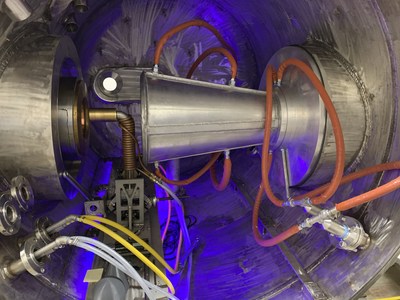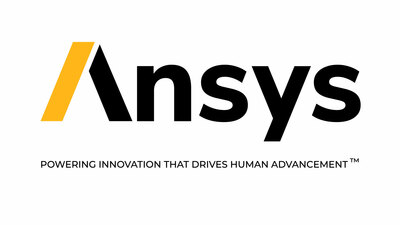University Of Texas At Arlington And Ansys Accelerate High-Speed Hypersonics Research And Development
Ansys and the University of Texas at Arlington (UTA) have partnered to create an advanced design and analysis workflow for validating models in U.S. hypersonic vehicles. This collaboration aims to enhance software accuracy through physical flight tests in UTA's specialized wind tunnel. The initiative seeks to streamline certification processes, reduce costs tied to hypersonic technology development, and address the shortage of engineers in this field, all while expediting the engineering cycle for future aerospace projects.
- None.
- None.
Insights
Analyzing...
PITTSBURGH, Sept. 22, 2020 /PRNewswire/ --
Key Highlights
- The University of Texas at Arlington (UTA) and Ansys are providing a cutting-edge design and analysis workflow for validating system models in the U.S. government's current and next-generation hypersonic vehicles
- The workflow will verify Ansys' software code fidelity by conducting physical high-speed flight tests in UTA's state-of-the-art arc jet hypersonic wind tunnel
The University of Texas at Arlington (UTA) and Ansys (NASDAQ: ANSS) are developing an advanced design and analysis workflow for validating system models in the U.S. government's current and next-generation hypersonic vehicles. The workflow will fast-track certification of simulation software codes, help decrease hypersonic technology development spending and increase engineering productivity.
The U.S. Department of Defense and NASA have prioritized the development of high-speed hypersonic aircraft, spacecraft and missiles. However, funding may not be sustainable as a single prototype flight test costs taxpayers as much as
Ansys' high-fidelity physics-based solvers spur hypersonics experimental research — from simulating the design and analysis of air and fuel mixing inside a scramjet to measuring the impact of thermal stresses on vehicle sensors that operate in harsh environments. By simulating these systems, engineering teams can save hundreds of millions of dollars in physical prototype testing and further research and development using fewer employees. After running Ansys' hypersonic systems models, UTA engineers can verify the software code's accuracy by conducting physical high-speed flight tests in UTA's state-of-the-art arc jet hypersonic wind tunnel — the only structure of its kind created by a U.S. university.
"Testing and validating physics-based component models within a wind tunnel that operates at hypersonic speeds and temperatures delivers a major technological advantage for our mutual customers, driving faster development of cost-effective solutions," said Luca Maddalena, professor of Aerospace Engineering and director of the UTA's Aerodynamics Research Center. "The university's arc jet will help validate Ansys' software codes for hypersonic applications and power leading-edge research in aerothermodynamics, scramjet propulsion, ablation and much more."
"Our mutual customers in the air and space domains demand substantial reductions in time to market, which creates tremendous challenges for engineering highly complex hypersonic vehicles," said Prith Banerjee, chief technology officer at Ansys. "By working closely with one of the top universities in hypersonics research, our combined capabilities will shift the paradigm away from expensive and lengthy physical prototype testing to significantly advance the development of current and future hypersonic vehicles."
About Ansys
If you've ever seen a rocket launch, flown on an airplane, driven a car, used a computer, touched a mobile device, crossed a bridge or put on wearable technology, chances are you've used a product where Ansys software played a critical role in its creation. Ansys is the global leader in engineering simulation. Through our strategy of Pervasive Engineering Simulation, we help the world's most innovative companies deliver radically better products to their customers. By offering the best and broadest portfolio of engineering simulation software, we help them solve the most complex design challenges and create products limited only by imagination. Founded in 1970, Ansys is headquartered south of Pittsburgh, Pennsylvania, U.S.A. Visit www.ansys.com for more information.
Ansys and any and all ANSYS, Inc. brand, product, service and feature names, logos and slogans are registered trademarks or trademarks of ANSYS, Inc. or its subsidiaries in the United States or other countries. All other brand, product, service and feature names or trademarks are the property of their respective owners.
ANSS–T
Contacts | |
Media | Mary Kate Joyce 724.820.4368 |
Investors | Annette N. Arribas, IRC 724.820.3700 |
![]() View original content to download multimedia:http://www.prnewswire.com/news-releases/university-of-texas-at-arlington-and-ansys-accelerate-high-speed-hypersonics-research-and-development-301135261.html
View original content to download multimedia:http://www.prnewswire.com/news-releases/university-of-texas-at-arlington-and-ansys-accelerate-high-speed-hypersonics-research-and-development-301135261.html
SOURCE Ansys










